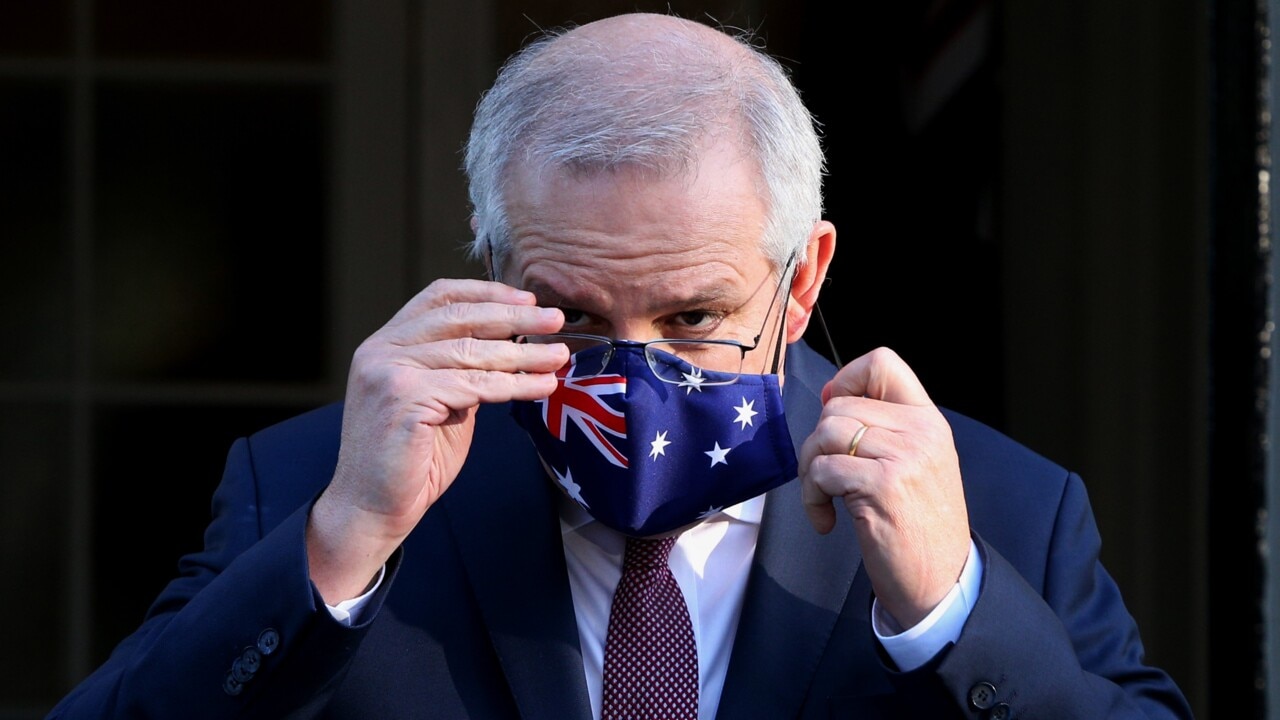Christopher Pyne: SA on target to lead defence boom that’s not just about the nuclear-power submarines
The nuclear-powered subs deal was momentous news story – but it largely hid several other ones, writes Christopher Pyne.

In the great excitement of the announcement of at least eight nuclear-powered submarines for the Australian Navy last week, there’s a chance some of the other momentous decisions could be overlooked. They shouldn’t be. They are just as important for South Australia and Australia.
Each one separately would be regarded as front-page stories.
These decisions build on the foundations laid by the Abbott and Turnbull governments when it was decided that the Australian government would invest tens of billions of dollars to renew the Osborne Naval Shipyard. The investment included building nine Hunter-class anti-submarine warfare frigates in Adelaide, as well as starting the Arafura-class offshore patrol vessels (about the size of a corvette) at Osborne and contracting with Naval Group to build the 12 Attack-class submarines.
Since late 2018, the Australian government has been weighing up whether to continue full-cycle docking of the Collins-class submarines at Osborne, where it has been done for more than two decades, or move that work to the Henderson Shipyard in Perth, Western Australia.
Full-cycle docking of a submarine is effectively a comprehensive refurbishment. It is literally taken apart and put back together. Almost a brand new submarine but not quite.
It used to take two years and now can be done in about 18 months. With six Collins-class submarines, it is a task that is ongoing and employs about 600 people in the Australian Submarine Corporation.

Last Thursday, Prime Minister Scott Morrison, Defence Minister Peter Dutton and Finance Minister Simon Birmingham announced the full-cycle docking would remain in Adelaide at Osborne.
I always believed full-cycle docking would stay in Adelaide for the simple reason that the skilled workforce that does that work would be unlikely to relocate to Perth. With the skills shortage in manufacturing in Australia, I assumed they would stay here and get new jobs. Conversely, new people would have to be retrained in Perth for the task. That would be no easy feat, especially with the competition for skilled workers with the mining sector.
In a much-anticipated decision, the Australian government also announced that a “life of type extension” of the Collins-class submarines will be carried out at Osborne. This is different to full-cycle docking.
A life of type extension extends the operational life and the combat capability of the platform. Rather than just refurbishing the current submarine, it is a substantial upgrade. It will likely replace and introduce new weaponry and new ways to delivery a pay load to a potential enemy. It will give the Collins-class submarines new capabilities to be at sea for longer, over greater distances, remain submerged for longer and be both stealthier and more potent.
The Collins-class submarine will become the closest thing to a new submarine without being new.
The life of type extension will begin in 2026 and extend the life of the Collins-class well into the 2030s and probably beyond.
Between them, these two Collins-class projects will provide 1300 jobs and cost up to $6.4bn.
The three Hobart-class air warfare destroyers were built by the ASC at Osborne. I was the minister when the first and second were handed to the navy. They cost the Australian taxpayer more than $9bn and are cutting-edge military capability.
But, like all military platforms, they need constant upgrades to remain cutting edge.
Last week the Australian government also announced that the upgrade of the air warfare destroyers’ combat management systems will be done at Osborne with a price tag of $5.1bn and providing 300 new jobs.
When you consider only eight years ago, because of previous governments’ inaction, the Osborne Naval Shipyard faced a “valley of death” and likely closure, it is an amazing turnaround.
As if this wasn’t all more than enough to digest, the government also announced that Australia will acquire Tomahawk cruise missiles for the air warfare destroyers that are fired from ship to land targets. They are more lethal than the current missiles and strike at greater distances more precisely.
We will also expand our missile arsenal to include a sovereign Australian guided weapons and ordinance manufacturing capability, precision strike guided missiles for the army, long-range anti-ship missiles for the air force’s F/A-18F Super Hornets, joint air-to-surface standoff missiles for the F/A-18A and F/A-18B Hornets, and eventually the F-35A Lightning II Joint Strike Fighter.
We will continue to work closely with the United States on hypersonic missiles, an area in which we have significant expertise already.
This is all in addition to the at least eight new nuclear-powered submarines.
It amounts to a step change in capability. Not bad for a day out on defence policy.
The author sits on the boards of and represents defence companies with relevant interests in the defence industry.





